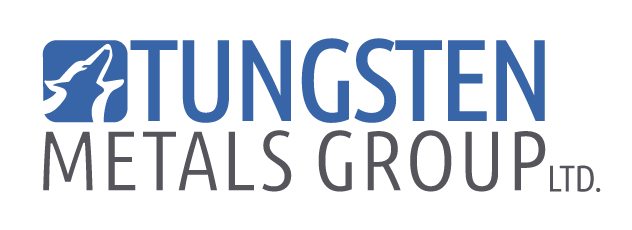Lithium Battery Revolution: Nyobolt's Ultra-Fast Charging with Tungsten
Picture a future where you can safely charge an electrical device as fast as you can pump the energy into it. Where charging an electric car takes a matter of minutes rather than hours.
This utopian dream of energy storage solutions is today, being realised by the UK battery start-up Nyobolt who are making this concept a reality and revolutionising the lithium battery industry with their ground-breaking new niobium tungsten oxide battery anode technology.
Niobium tungsten oxide research initially carried out at the University of Cambridge, is now being commercialised by Nyobolt for use in a new range of high-power lithium-ion battery anodes.
The company is focusing on utilising this new cutting-edge anode technology for applications within the electric vehicle industry in addition to the fields of robotics, medicine, and smaller consumer applications.
The NTO technology not only boasts ultra-fast charging capabilities but also allows for longer-term capacity retention, improved durability, and heat resistance which translates into improved safety at the user’s level.
Nyobolt is scheduled to go into production on its new line of ultra-fast batteries this year. They will continue scaling up production and the number of different applications for their technology over the next 5 years.
Improved Mobility of Lithium Ions
Charging a lithium-ion battery largely boils down to the flow and mobility of lithium ions into the battery’s anode. In the context of battery anodes and the flow of lithium ions, "mobility" usually refers to the ability of lithium ions to move inside the anode material.
In battery technology, lithium ions migrate from cathode to anode during charging, allowing electric current to flow. The mobility of lithium ions is critical to the operation of the batteries. Higher lithium ion mobility indicates that ions can flow more freely within the anode material, allowing for faster charging and discharging rates while potentially boosting battery efficiency and performance.
Anode materials with high lithium ion mobility are frequently preferred for improving battery performance and endurance. This is where the breakthrough of niobium tungsten oxide anodes is being realised.
Steve Hutchins, Vice President of Operations and Engineering at Nyobolt explained that currently, 95% of EV batteries utilised graphite anodes and that these traditional anodes weren’t able to offer nearly as much ‘ion mobility’ as this Nyobolt’s new NTO materials.
“They've got a layer structure, and the gap is bigger than the lithium ions, so the lithium-ion can go in, but the mobility is limited,” he said.
Hutchins pointed out that NTO anodes had up to a staggering 100 times more mobility than their graphite counterparts, which results in significantly faster charge times.
The British company is currently gearing up for the production of their 35kwh battery which is able to charge over 90% in less than 5 minutes. A speed so fast it is set to revolutionise the way in which EVs are manufactured and used by consumers.
Longer-term Capacity Retention
NTO anode lithium-ion batteries have also shown to be up to 10 times more efficient and energy-dense than traditional batteries which translates to an immense upscale in a battery’s durability and the costs involved in replacing them. Currently, EV batteries can begin to show signs of degradation and begin lowering their capacity retention after as little as 1000 charges. This is in stark contrast to the impressive guarantee from Nyobolt that their batteries can easily handle upwards of 20,000 cycles with no capacity retention degradation occurring.
Greater Heat Resistance and Improved Safety
The new battery technology that utilises tungsten in its anodes will also help to significantly reduce risks related to battery fires and explosions often caused by overheating.
Hutchins said that his company’s new batteries would be very similar to that of a petrol engine in terms of how they heat up. He explained this is because the battery cells have very low impedance.
“They don’t get very hot, so you can save a load of mass on thermal management that you would otherwise need.”
These NTO anode-based lithium-ion batteries are being heralded by the EV industry and tech world at large as a solution to compensate for conventional battery weaknesses such as thermal stress, high costs, and hypersensitivity. This has resulted in Nyobolt being recognised as a true pioneer in the development of ultra-fast charging battery tech.
Tungsten is positioned right at the heart of this technological advancement and used in the coating of anodes to produce batteries of far superior quality. It is clear such new-generation batteries and their implementation across a large scope of industries including the EV market will drive a significant demand for tungsten in the coming years.


